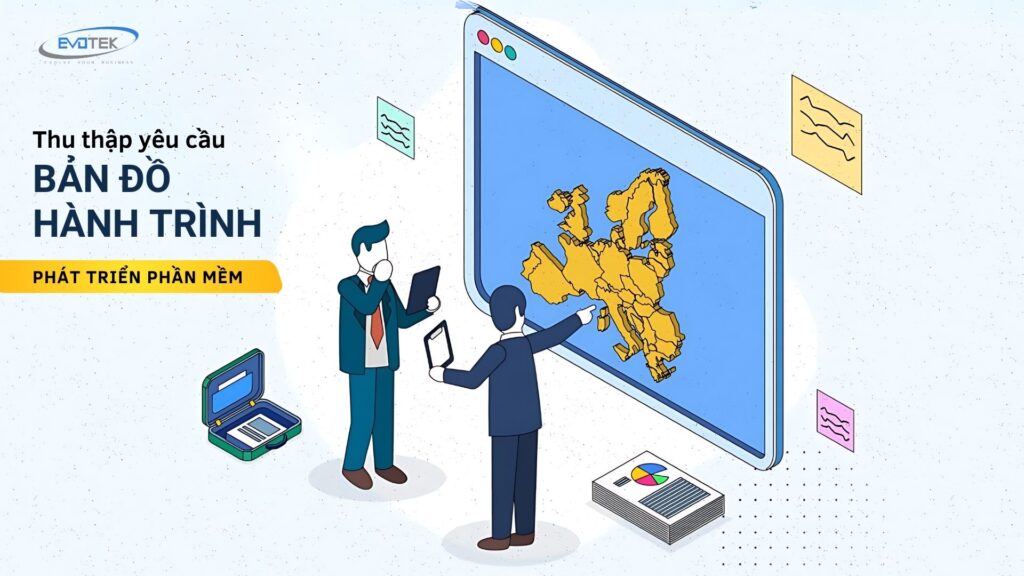In software development field, it’s common to focus solely on technical elements like programming languages and design patterns. However, the true bedrock of any successful project doesn’t solely lie in the technologies or methodologies used to construct the product, but rather in a comprehensive understanding of its purpose and requirements.
Neglecting software requirements is akin to embarking on a trip without a map or a clear destination. This can result in wasted resources, frustrated stakeholders, and missed opportunities.
Thoroughly understanding and gathering software requirements forms a sturdy foundation for any development project. It demands attention, focus, and deep technical insight. Errors in requirement definition can lead to significant gaps between the final product and the actual business needs.
What is requirements gathering in project management?
Requirements gathering is a crucial process in project management aimed at identifying and comprehending all project requirements and expectations from the project’s inception to its completion. This process initiates at the outset of the project, but the management and reassessment of requirements persist throughout the project lifecycle.
The requirements gathering phase typically involves project overview meetings or initial kick-off sessions with stakeholders. These sessions aim to address questions such as:
- What is the projected duration of the project roadmap, and what are the significant milestones?
- Who are the key stakeholders involved in the project, both internally and externally?
- What potential risks and challenges might arise during implementation?
- What are the expectations and objectives that must be met for the project to be deemed successful?
Despite its apparent simplicity, the requirements gathering process is integral to the success of a project. By defining and accurately documenting requirements from the outset, the project establishes a solid foundation. This ensures that all subsequent development stages are aligned with the predefined goals.
5 Steps of Requirements Gathering Process Before Starting a Project
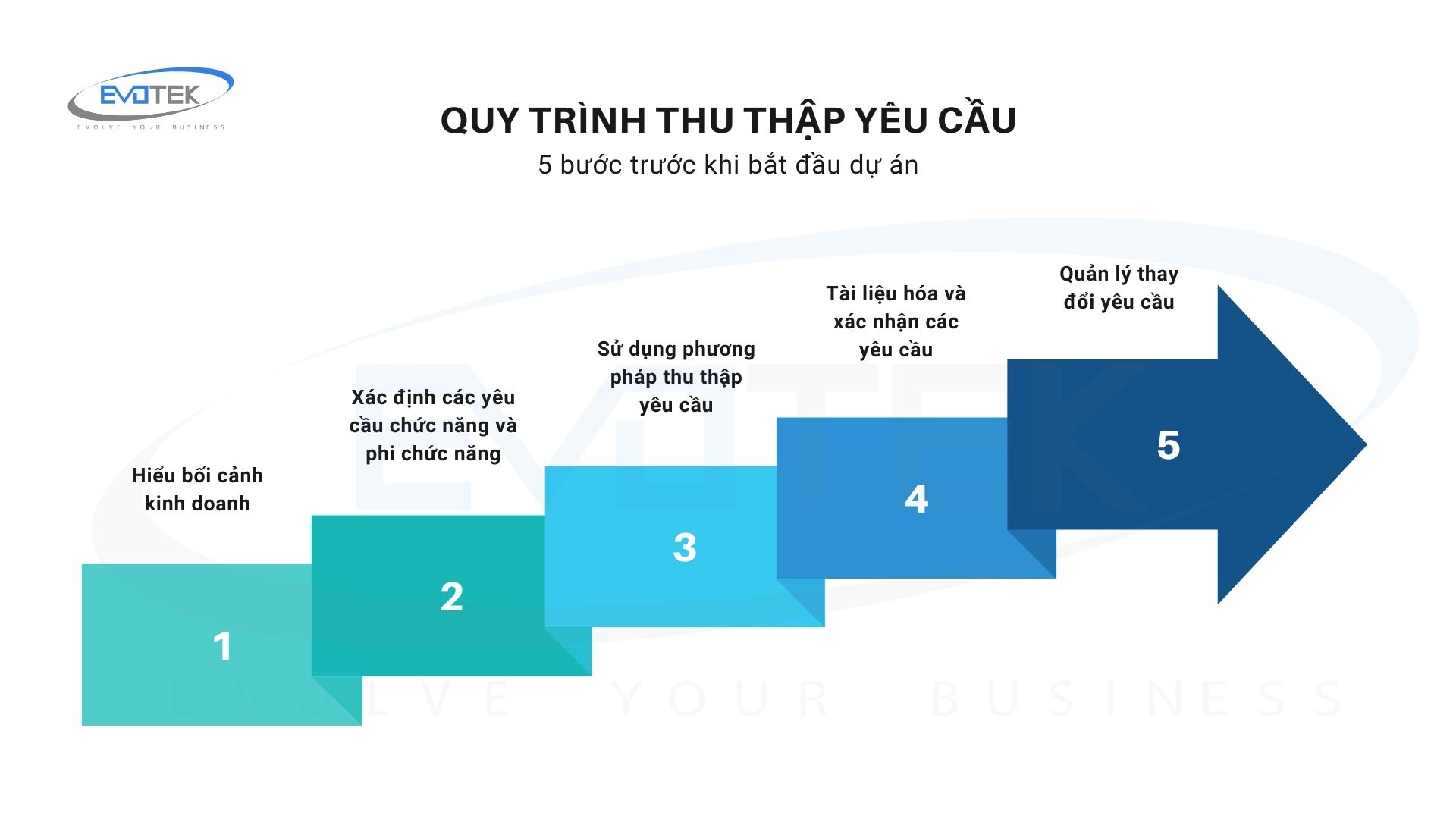
1. Grasp the Business Context
Before delving into the technical intricacies of software development, it’s imperative for developers to comprehend the broader business context. This entails understanding the company’s strategic objectives, its competitive landscape, and the fundamental problem the software intends to address. Only by grasping the entirety of the situation can developers ensure that the software solution aligns with the business’s needs and strategy.
Additionally, it’s essential to assess how the software will integrate with other systems within the business’s technological environment. The seamless integration and interoperability between systems determine the efficiency and continuity of business operations. Ignorance of the software’s operational context can lead to significant errors.
Lastly, it’s crucial to consider the software’s impact on end users and other stakeholders. The most successful software is one that caters to the needs and behaviors of its intended users. Evaluating the software’s responsiveness to stakeholders aids developers in understanding the true value and significance of the project.
By comprehending the full scope of the business context, developers can craft solutions that are pertinent, efficient, and precisely tailored to meet the requirements of both businesses and users. This forms a vital foundation to guarantee the success of any software project.
2. Identifying Functional and Non-Functional Requirements
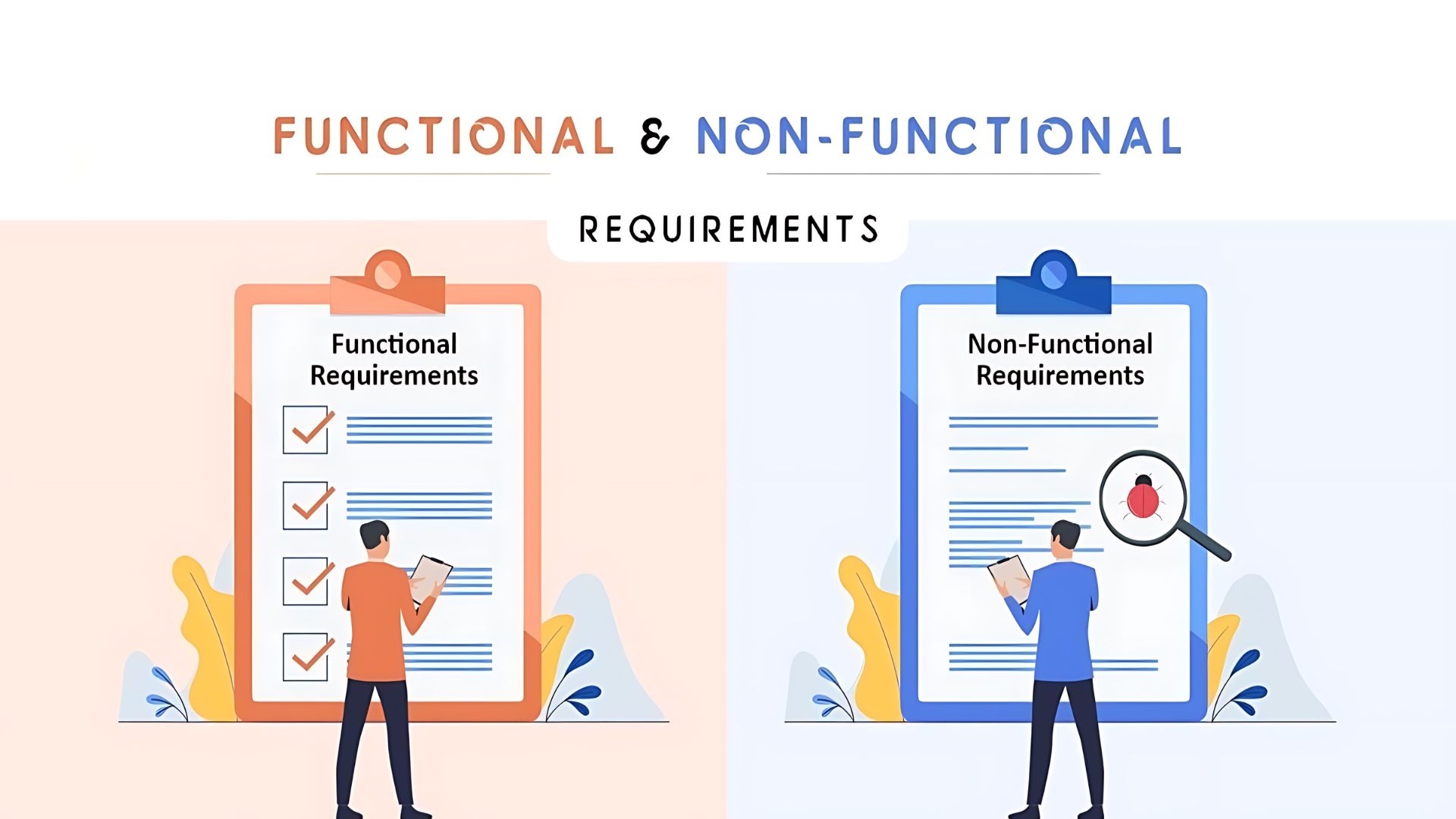
The essence of the software requirements gathering process lies in clearly defining what the software needs to accomplish (functional requirements) and how it should perform (non-functional requirements). It’s crucial to differentiate and balance these two types of requirements to ensure that the software meets user needs while operating efficiently and reliably.
Functional requirements encompass the specific functions and features that the software system must deliver. These include user tasks, data processing and retrieval methods, and automated business processes. Essentially, functional requirements outline “what” the software needs to do, directly correlating with the value and benefits expected by users.
On the other hand, non-functional requirements focus on the operational characteristics and standards governing the software’s efficiency and reliability. These encompass system performance, security measures, usability, reliability, and scalability requirements. Non-functional requirements dictate how the software “should work” to meet technical standards and deliver the desired user experience.
Both types of requirements must be meticulously defined and carefully balanced. Neglecting either type can result in the software failing to meet user needs adequately or operating inefficiently. Achieving this balance necessitates proactive engagement from all stakeholders, gathering insights from diverse sources, and adopting agile, user-centric development methodologies.
Understanding the distinction between functional and non-functional requirements, as well as the importance of striking a balance between them, enables software developers to create truly valuable products that meet the needs of both users and businesses.
3. Utilizing Software Requirements Gathering Methods
In software project management, numerous methods exist for gathering requirements, each with its own set of advantages and disadvantages. The selection of the appropriate method hinges on factors such as the specific business context, available resources, and project complexity. Often, the best outcomes are achieved through flexible combinations of different methods.
Some widely used methods include:
- Interviews
- Brainstorming sessions
- User surveys
- Use case analysis and business process modeling
Additionally, several other methods, such as user observation, collecting usage data, and prototyping, prove invaluable for gaining deeper insights into user behaviors and needs.
To attain optimal results, software developers should adeptly combine various methods to mitigate the limitations of each and obtain a comprehensive understanding of the requirements. The strategic selection and integration of the right methods lay a robust foundation for developing software that precisely meets the expectations of both customers and users.
4. Documenting and Validating the Collected Requirements
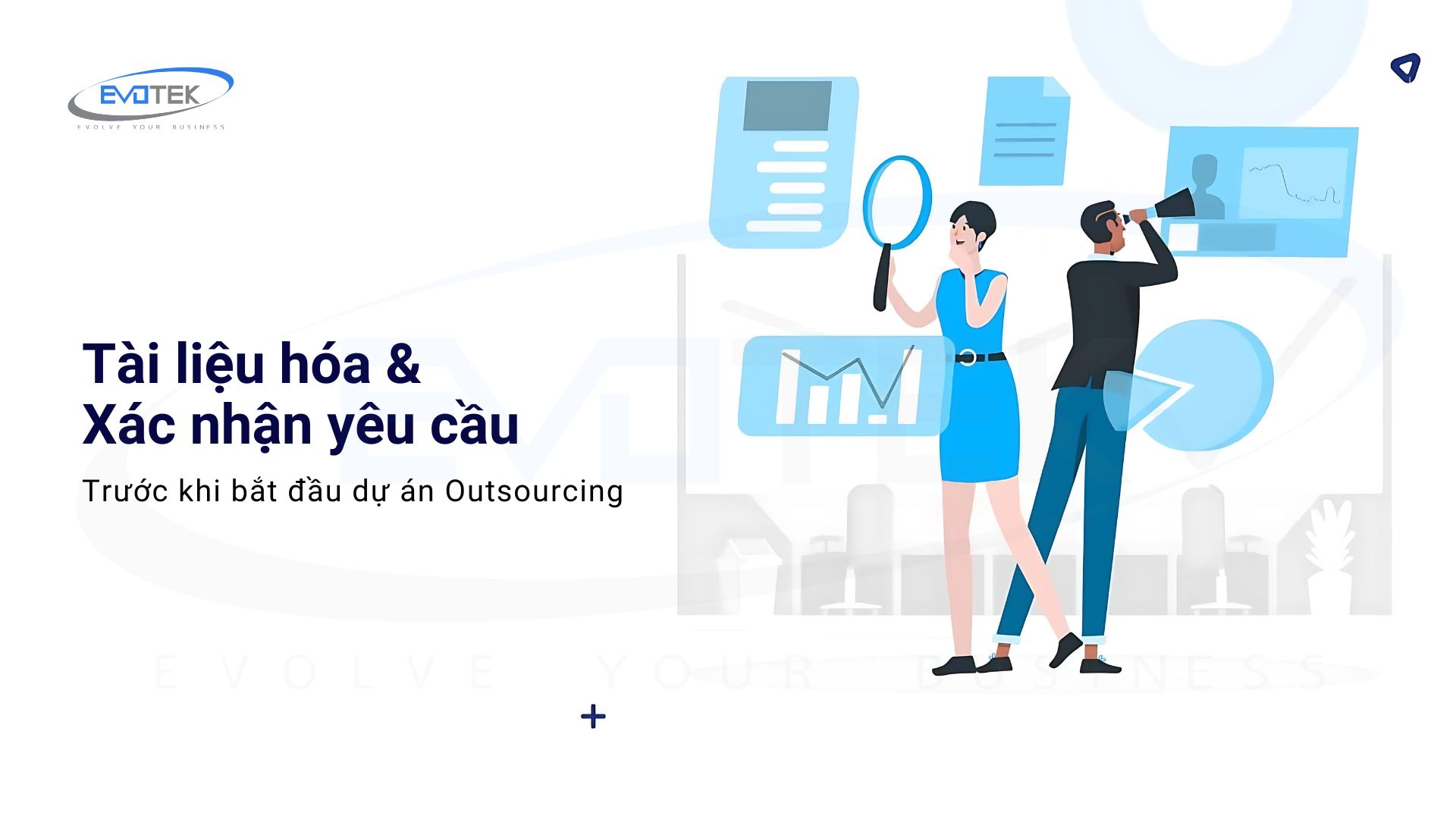
After completing the requirements gathering phase, the subsequent step is to systematically record and document all requirements. This documentation, often referred to as the Business Requirements Document (BRD), serves as a formal agreement between stakeholders and the software development team, clearly outlining the objectives the product must achieve to be deemed successful.
Documenting requirements demands meticulous precision. Each requirement should be categorized and logically grouped to prevent confusion and establish a coherent structure. Additionally, it’s crucial to meticulously track the origin of each requirement, whether it’s from the customer, end user, domain expert, or business process. This facilitates easy referencing and re-verification of requirements.
Once documented, the requirements undergo a formal validation process involving all stakeholders. This validation process ensures that all requirements are comprehensively understood, aligned with project objectives, and unanimously agreed upon before proceeding to design and development.
The validation process may entail various steps,
- including document reviews,
- feedback and discussions,
- and revising and updating requirements as necessary.
All interactions, whether through meetings, phone calls, or email exchanges, should be thoroughly documented for future reference. Upon the approval of all stakeholders, the validation process is considered complete.
5. Managing Change Requests in the Project
Managing changes to requirements is a critical aspect of the software development process. While changes are inevitable, ineffective management can result in delays, budget overruns, and project failure. Hence, a robust and comprehensive requirements change management process is essential.
The requirements change management process involves the following steps:
Track and Record Changes: All change requests must be documented and meticulously tracked to ensure none are overlooked and all are thoroughly evaluated.
Impact Analysis: Each change request undergoes analysis to determine its effects on project scope, cost, schedule, and quality. This analysis aids in making informed decisions regarding whether to accept or reject the change.
Approve or Deny: Following impact analysis, the change request is either approved or denied based on predetermined criteria. This decision is typically made by a competent committee or group representing all stakeholders.
Implement Changes: If approved, the change request is incorporated into the project and integrated into the software development process. This may involve updating project documents, adjusting schedules, and reallocating resources.
Monitoring and Control: After implementation, continuous monitoring and control are necessary to ensure the change achieves its intended objectives and does not produce unintended consequences. If issues arise, adjustments may be required, or the change may need to be reversed.
An effective requirements change management process not only regulates changes but also ensures that all new and modified requirements receive fair and thorough consideration. This helps mitigate risks, enhance product quality, and increase the likelihood of project success.
Collaborating with a software outsourcing unit can offer numerous advantages, particularly in the realm of software development.
However, gathering accurate and comprehensive requirements is a crucial initial step in ensuring the success of outsourced software projects. Given the complexity of such projects and the requisite professional expertise, partnering with a reputable software development firm can yield significant benefits. A reliable development partner will assist throughout the requirements gathering phase and project implementation,
ensuring efficiency and alignment with the specified requirements. They bring valuable expertise, resources, and industry best practices to enhance product quality and performance.
This collaboration is particularly beneficial for startups, helping overcome resource and experience challenges, thereby fostering project success.
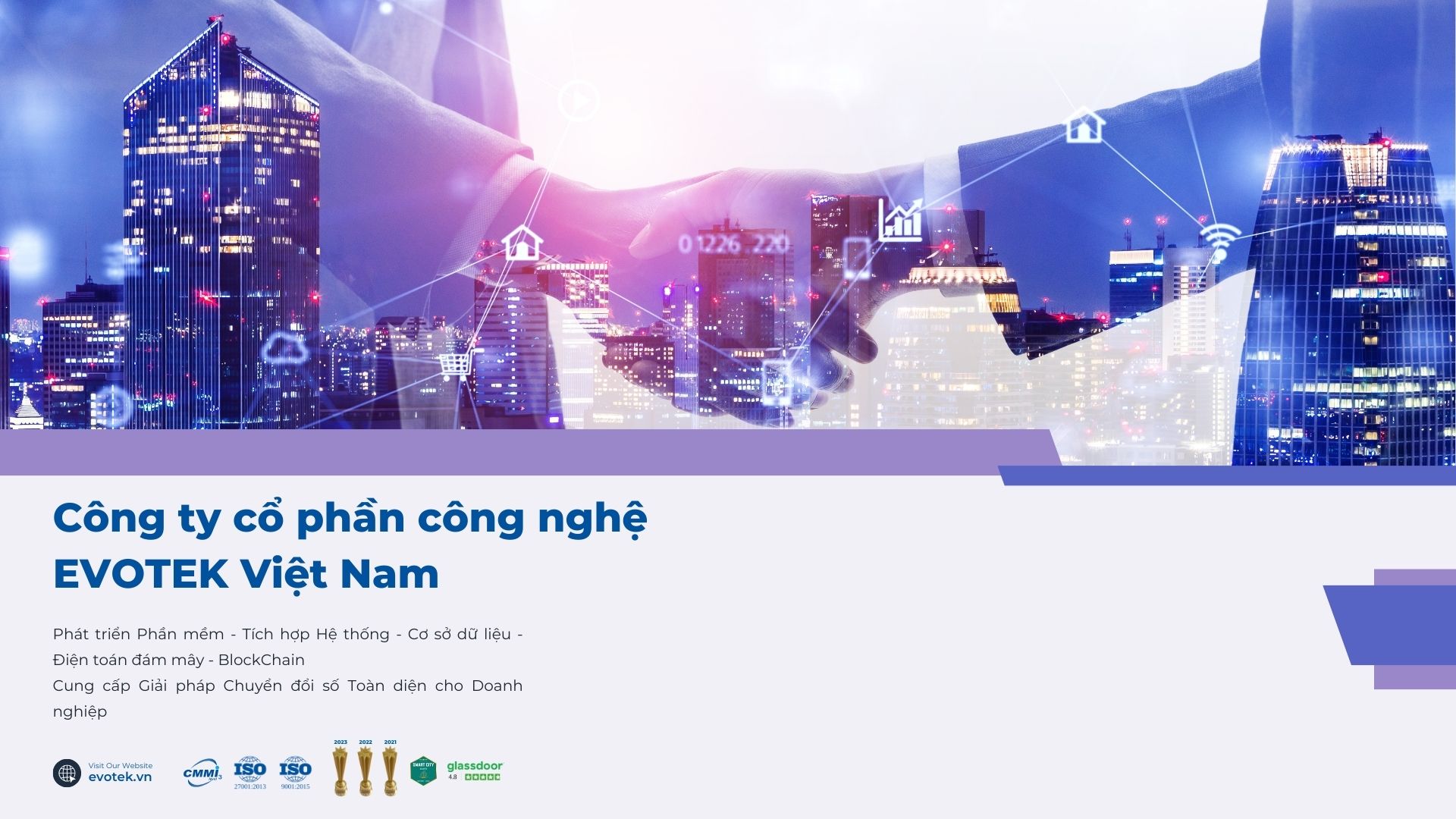
How to effectively coordinate with the Outsourcing unit during the requirements gathering process?
Effective coordination with the outsourcing unit during the requirements gathering process is paramount for success. When collaborating between internal teams and outsourcing units, close coordination ensures a thorough understanding of project requirements, ultimately meeting customer and stakeholder expectations. To achieve this, internal developers should
- Clearly Define Roles and Responsibilities: Establish clear roles and responsibilities for each party involved in the requirements gathering process, delineating tasks such as communicating with customers and defining technical requirements. For example, the internal team may be primarily responsible for communicating with customers and gathering business requirements, while the outsourcing unit focuses on gathering and defining technical requirements.
- Transparent Information Sharing: Share all project-related information transparently, including business requirements, processes, and technical documents, to ensure mutual understanding and effective contribution.
- Organize Brainstorming Sessions: Host brainstorming sessions involving both parties to exchange views, propose ideas, and discuss project requirements comprehensively, fostering mutual understanding and collaboration For example, a brainstorming session might focus on identifying new features or improving current processes.
- Assign Requirements Gathering Appropriately: Based on expertise, assign requirements gathering tasks to each party, focusing on areas such as business, technical, and non-functional requirements, to optimize efficiency.
- Establish Requirements Change Management: During the development process, requirements may change according to actual needs. Therefore, internal developers need to establish a clear and effective requirements change management process, which both the internal team and the outsourcing unit must strictly adhere to. For example, a new requirement may be proposed and must be evaluated, approved, and implemented according to the defined process.
- Monitor Requirements Implementation: After the requirements have been determined and agreed upon, the internal developer needs to assign the implementation of the requirements to the internal team and outsourcing unit appropriately. At the same time, they must also closely monitor the implementation process to ensure that all requirements are implemented according to expectations and to the highest quality. For example, project management tools can be used to track the progress and quality of requirements implementation. .
By adhering to these steps, internal developers can effectively coordinate with outsourcing units during the requirements gathering process, ensuring consistency and integrity of project requirements. This collaborative effort significantly contributes to the success of software projects, delivering high-quality products that meet customer and stakeholder expectations.
Want to start gathering requirements for your development project? contact us!

 日本語
日本語 한국어
한국어 Tiếng Việt
Tiếng Việt 简体中文
简体中文